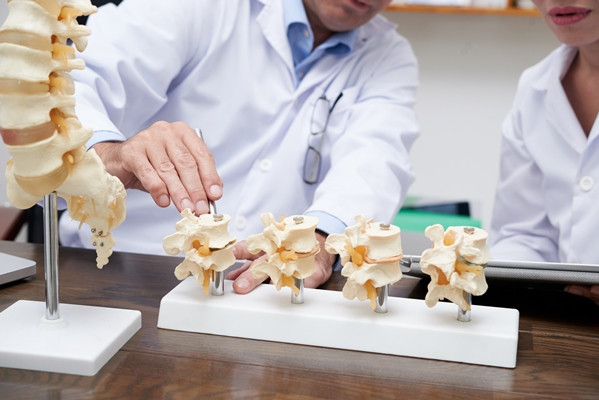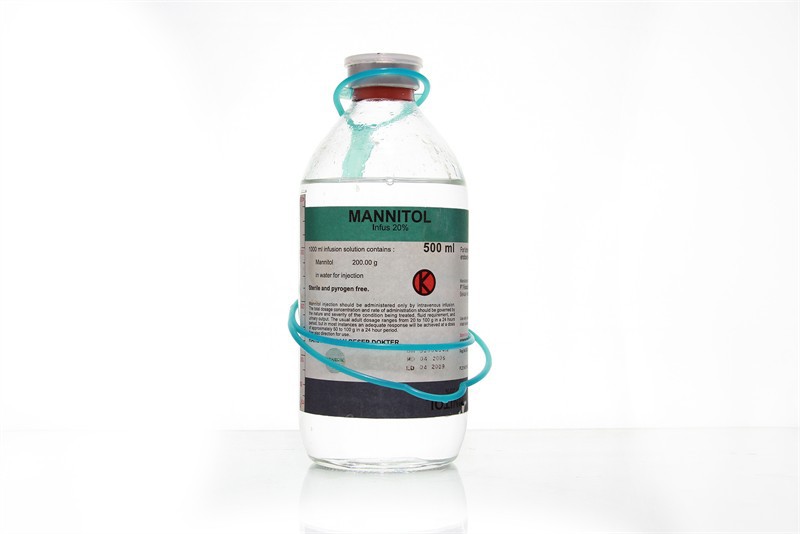Acute Kidney Injury
Introduction and Facts
Acute kidney injury (AKI) or Acute Kidney Injury (AKI) can be defined as a rapid and sudden or severe decrease in renal filtration function. This condition is usually characterized by an increase in serum creatinine concentration or azotemia (increased BUN concentration). However, usually immediately after kidney injury occurs, the level of BUN concentration returns to normal, so that the benchmark for kidney damage is a decrease in urine production
Incidence in developing countries, especially in the community, is difficult to obtain because not all AKI patients come to the hospital. It is estimated that the actual incidence in the community far exceeds the recorded figures. The increased incidence of AKI is, among others, associated with an increase in the sensitivity of diagnostic criteria that causes milder cases to be diagnosed. Several reports worldwide show an incidence that varies between 0.5-0.9% in the community, 0.7-18% in hospitalized patients. in hospitals, up to 20% in patients admitted to the intensive care unit (ICU), with reported mortality rates worldwide ranging from 25% to 80%.
Pathophysiology
Under normal circumstances, renal blood flow and glomerular filtration rate are relatively constant, which are regulated by a mechanism known as autoregulation. The two mechanisms that play a role in this autoregulation are:
• Myogenic stretch receptors in afferent arteriolar vascular smooth muscle
• Tubuloglomerular reciprocity
In addition norepinephrine, angiotensin II, and other hormones can also affect autoregulation. In pre-renal renal failure is mainly caused by renal hypoperfusion. In a hypovolemic state there will be a decrease in blood pressure, which will activate cardiovascular baroreceptors which in turn activate the sympathetic nervous system, the renin-angiotensin system and stimulate the release of vasopressin and endothelin-I (ET-1), which is the body's mechanism to maintain blood pressure and cardiac output. and cerebral perfusion. In this situation, the renal autoregulatory mechanism will maintain renal blood flow and glomerular filtration rate (GFR) with afferent arteriolar vasodilation influenced by myogenic reflexes, prostaglandins and nitric oxide (NO), and afferent arteriolar vasoconstriction which is mainly influenced by angiotensin-II and ET- 1.
There are three main pathophysiologic causes of acute kidney injury (AKI or AKI):
1. Decreased renal perfusion (pre-renal)
2. Intrinsic kidney (renal) disease
3. Acute renal obstruction (post renal)
- Bladder outlet obstruction (post renal)
- Stone, thrombus or tumor in the ureter
Clinical Symptoms and Complications
If the patient is found to have oliguria, tachycardia, dry mouth, orthostatic hypotension, pre-renal injury may be the cause. On physical examination, it is necessary to look for signs of multiorgan systemic disease such as systemic lupus erythematosus, namely by examining the skin, joints, lymph nodes. Urinary retention with symptoms of a palpable enlarged bladder indicates a blockage under the urinary bladder, namely the posterior urethral valve. In patients with severe ARF, severe shortness of breath can be found due to heart failure or pulmonary edema. Hypertension is often found due to fluid overload.
Diagnosis
History and physical examination:
- Signs for the cause of AKI (ARF)
- Indication of the severity of metabolic disorders
- Estimated volume status (hydration)
Urine microscopy
- Signs of glomerular or tubular inflammation
- Urinary tract infection or uropathy
- Crystal
Blood biochemical examination
- Measuring the reduction in GFR and the resulting metabolic disturbances
- Examination of levels of Na, Cr, plasma urea
Urine biochemical examination
- Distinguish between pre-renal and renal failure
- Examination of urine osmolality, levels of Na, Cr, urine urea
Complete peripheral blood. Determine the presence or absence of anemia, leukocytosis and platelet deficiency due to use
Renal ultrasound. Determine kidney size, presence or absence of obstruction, abnormal renal parenchymal texture
CT scan of the abdomen. Recognizing abnormal structures of the kidneys and urinary tract Radionuclear scan
Radionuclear scan. Recognizing abnormal renal perfusion
pyelogram. Evaluation of improvement of urinary tract obstruction
Kidney biopsy. Determine based on pathological examination of kidney disease
Management and Care
1. Specific treatment of other causes of renal AKI (ARF) depends on the underlying pathology.
a. Prerenal Acute Renal Failure. The composition of fluid replacement for the treatment of prerenal ARF due to hypovolemia should be adjusted according to the composition of the fluid lost. Severe hypovolemia due to bleeding should be corrected with packed red cells, whereas isotonic saline is usually an appropriate substitute for mild to moderate bleeding or plasma loss (eg, burns, pancreatitis). Urinary and gastrointestinal fluids may vary widely in composition but are usually hypotonic. Hypotonic solutions (eg, 0.45% saline) are usually recommended as initial replacement in patients with pre-renal ARF due to increased urinary or gastrointestinal fluid loss, although isotonic saline may be more appropriate in severe cases. Subsequent therapy should be based on measurements of the volume and isotonic fluid excreted. Serum potassium and acid-base status should be monitored carefully.
b. Renal Intrinsic Kidney Failure. AKI due to other intrinsic renal disease such as acute glomerulonephritis or vasculitis may respond to glucocorticoids, alkylating agents, and/or plasmapheresis, depending on the primary pathology. Glucocorticoids also accelerate remission in some cases of allergic interstitial nephritis. Aggressive control of systemic arterial pressure is of critical importance in limiting renal injury in hypertensive, malignant nephrosclerosis, toxemia of pregnancy, and other vascular diseases. Hypertension and AKI (ARF) due to scleroderma may be sensitive to treatment with ACE inhibitors.
c. Post Renal Renal Failure. Management of postrenal AKI (ARF) requires close collaboration between the nephrologist, urologist, and radiologist. Disorders of the urethral or bladder neck are usually managed initially by transurethral or suprapubic placement of a bladder catheter, which provides temporary relief while the obstructing lesion is identified and definitively treated.
2. Nutritional Therapy. The nutritional needs of patients with AKI (ARF) vary depending on the underlying disease and the comorbid conditions encountered. A system for classifying nutrition based on catabolic status was proposed by Druml in 2005
3. Complication Therapy. Complications related to AKI (AKI) depend on the degree of AKI (ARF) and mild to moderate AKI-related conditions (ARF) may be overall asymptomatic especially at the onset.
Reference:
1. Indriana Triastuti, Ida Bagus Gde Sujana. Acute Kidney Injury. Internet [Cited 29/8/2021]. Available from: https://simdos.unud.ac.id/uploads/file_penelitian_1_dir/08a70046ac0ba7b966f58b492a7da909.pdf
2. Dedi Rachmadi. Gangguan Ginjala Akut (GnGA). Internet [Cited 29/8/2021]. Available from: http://pustaka.unpad.ac.id/wp-content/uploads/2013/12/Pustaka_Unpad_Gangguan_-Ginjal_-Akut.pdf.pdf






















